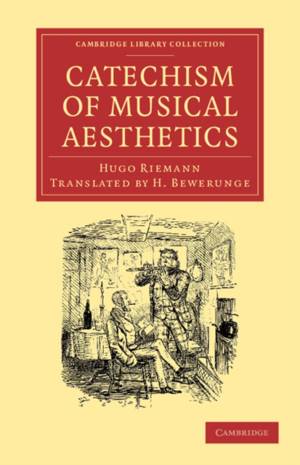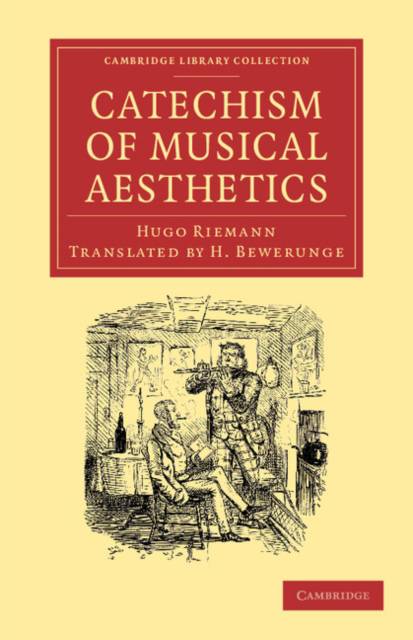
Je cadeautjes zeker op tijd in huis hebben voor de feestdagen? Kom langs in onze winkels en vind het perfecte geschenk!
- Afhalen na 1 uur in een winkel met voorraad
- Gratis thuislevering in België vanaf € 30
- Ruim aanbod met 7 miljoen producten
Je cadeautjes zeker op tijd in huis hebben voor de feestdagen? Kom langs in onze winkels en vind het perfecte geschenk!
- Afhalen na 1 uur in een winkel met voorraad
- Gratis thuislevering in België vanaf € 30
- Ruim aanbod met 7 miljoen producten
Zoeken
Omschrijving
One of the most important musicologists of his age, Hugo Riemann (1849-1919) influenced an entire generation in its thinking. He held several teaching posts before settling at the University of Leipzig in 1895. A prolific writer on music theory, publishing works on almost every aspect of the subject, he is best remembered for his celebrated Musik-Lexikon (1882). These three lectures, setting out his thinking on how we listen to music, were first published in 1888 as Wie hören wir Musik? and in 1895 in this English translation by Heinrich Bewerunge (1862-1923), plainchant scholar at St Patrick's College, Maynooth. Each lecture deals with a different aspect of the overarching question posed in the original title, revealing Riemann's thoughts on the transformation of hearing into feeling, the different psychological effects of dynamics, emotional responses to rhythm and harmony, and passive and active listening.
Specificaties
Betrokkenen
- Auteur(s):
- Vertaler(s):
- Uitgeverij:
Inhoud
- Aantal bladzijden:
- 76
- Taal:
- Engels
- Reeks:
Eigenschappen
- Productcode (EAN):
- 9781108057301
- Verschijningsdatum:
- 18/04/2013
- Uitvoering:
- Paperback
- Formaat:
- Trade paperback (VS)
- Afmetingen:
- 140 mm x 216 mm
- Gewicht:
- 108 g

Alleen bij Standaard Boekhandel
+ 112 punten op je klantenkaart van Standaard Boekhandel
Beoordelingen
We publiceren alleen reviews die voldoen aan de voorwaarden voor reviews. Bekijk onze voorwaarden voor reviews.









